Curious Questions: What is a weed?
They're the bane of gardeners' lives, but do they even exist, at least in any consistent and logical sense? Martin Fone takes a step back to think about which plants are and aren't weeds — and how the mystery of fast adaptive evolution means that the 'wrong plant in the wrong place at the wrong time' definition isn't quite enough.
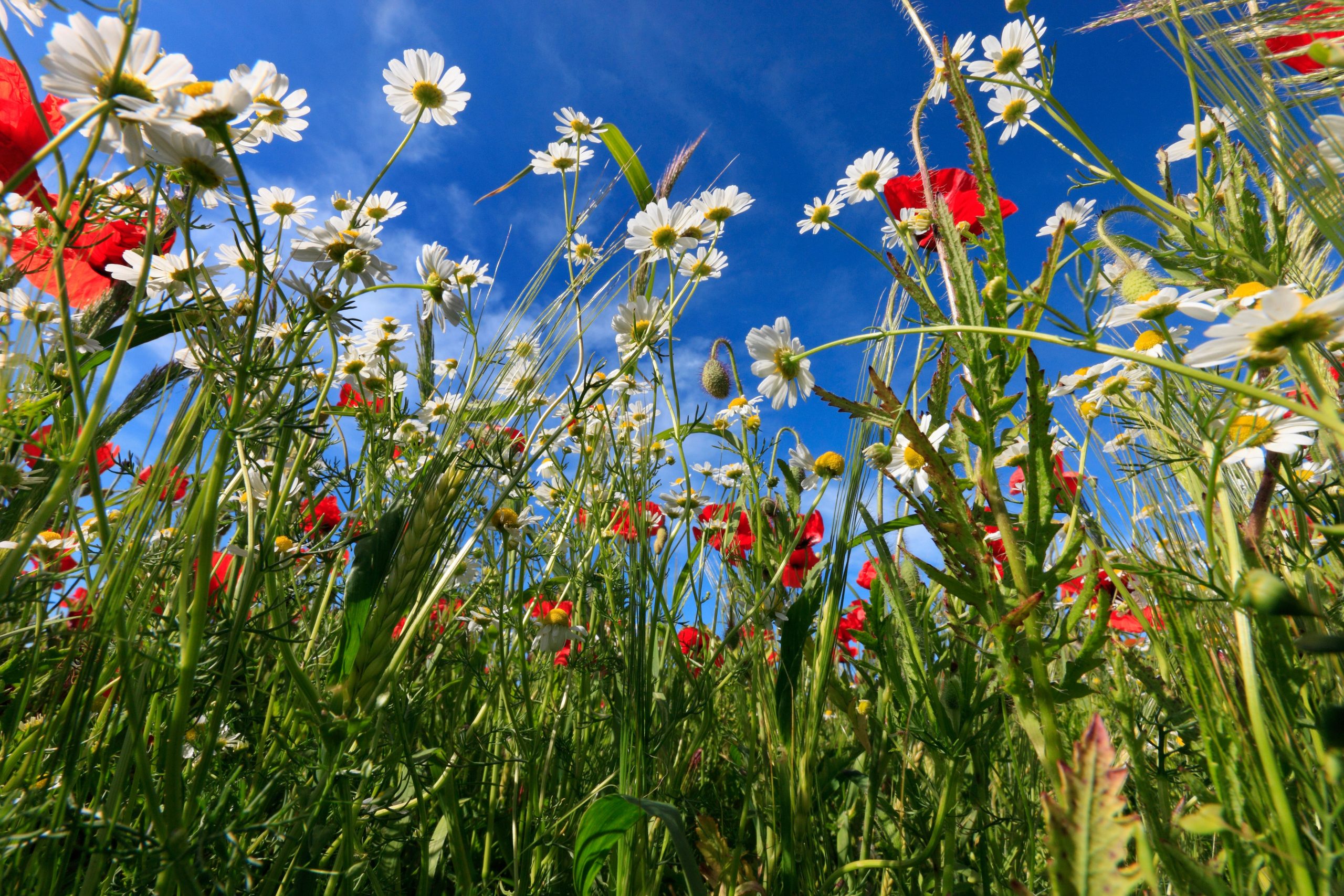

For the first two decades of my adult life, I neither rented nor owned a single sod of earth that was not covered either by concrete or bricks and mortar. Gardening was an abstract concept, affording me, as a Classicist, the glimpse of a world in which peppering my speech with the odd word or two of Latin would not be deemed to be too pretentious.
Eventually swapping a metropolitan lifestyle for suburbia, I found, like many, considerable solace in searching for any vestige of green on the ends of my mud-stained digits.
What I found was that I had cultivated the happy knack of persuading certain types of plant to take root which more experienced gardeners derided as weeds. As I set about removing them, I wondered what is it that characterised a weed. Was it, as Ralph Waldo Emerson defined in his essay, The Fortune of the Republic, in 1878 ‘a plant whose virtues have not yet been discovered’ or just a case, as the Oxford English Dictionary rather dismissively defines it, of ‘a wild plant growing where it is not wanted, especially among crops or garden plants’, the wrong plant in the wrong place at the wrong time?
Many will disagree — not least the creators of the Weed Thriller garden at the RHS Tatton Park flower show, who made a display entirely from plants usually considered weeds.
The RHS's judges agreed with them: they won a gold medal. So that throws into sharp relief the question here: what is a weed?
Characteristics which define a weed include their ability to establish themselves quickly, popping up almost in the blink of an eye. They are prolific and adept at spreading, either reproducing vegetatively without the need to form seeds or, where they are reliant upon seeds, by producing so many that some are bound to survive and root.
Weeds grow effortlessly in the more inhospitable areas where plants we deem to be desirable struggle to get a foothold. Even if you think you have eradicated them, some produce seeds that lie dormant for a long time until conditions are conducive for them. Simply scratching the surface of the soil can cause them to leap into life.
Exquisite houses, the beauty of Nature, and how to get the most from your life, straight to your inbox.
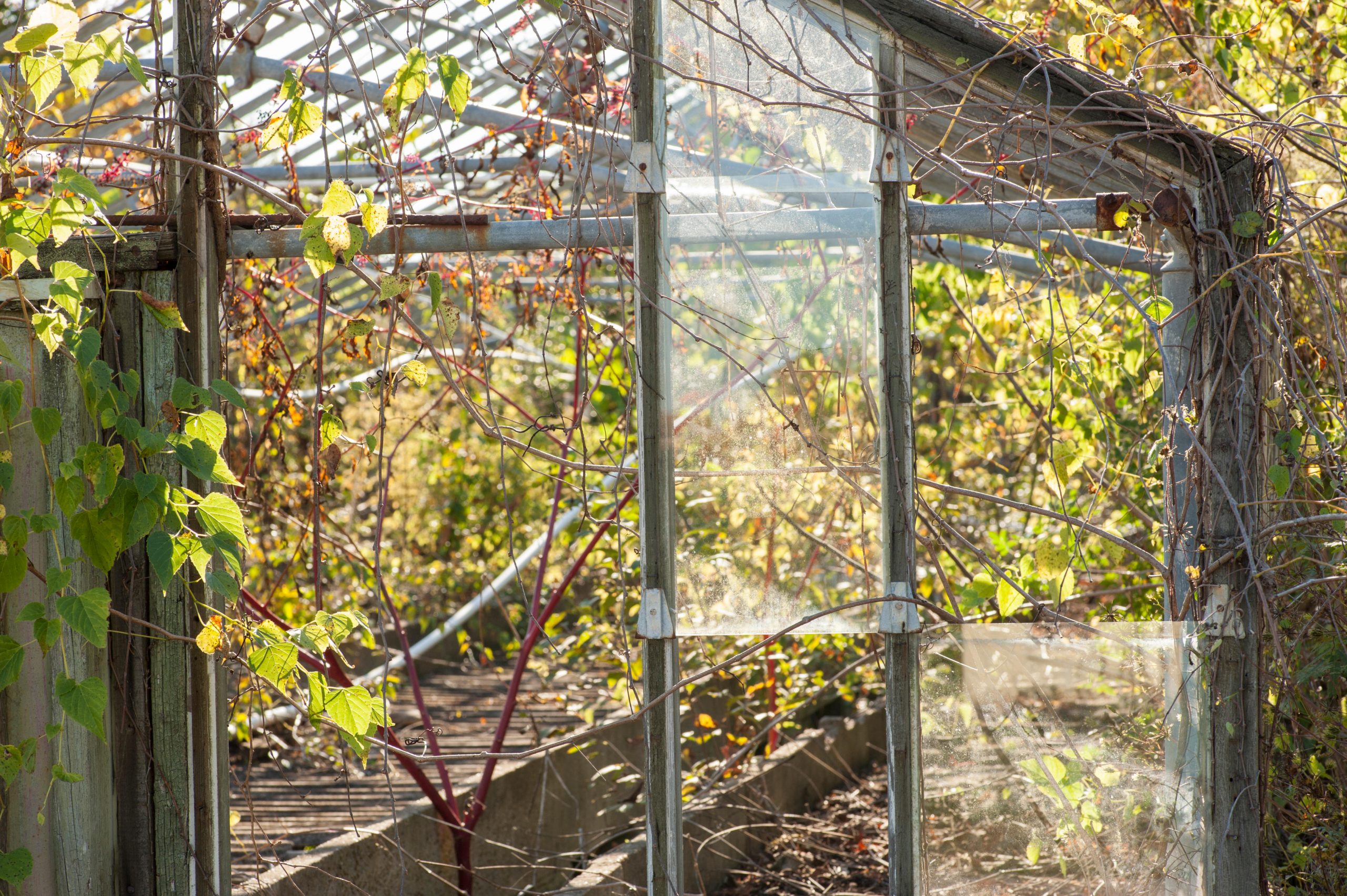
Clearly, until Homo sapiens started cultivating plants in earnest in a systemised fashion, the distinction between a plant that was potentially useful and one that was to be actively discouraged was otiose. However, there is archaeological evidence to suggest that once the earth was first broken by a primitive hoe it provided an open invitation to weeds to take root, particularly those adapted to thriving in naturally disturbed habitats. Even today, agricultural weeds are a leading cause of crop loss, accounting for upwards of a 10% reduction in global crop production.
Atlit-Yam, now submerged under the Mediterranean off the coast of modern Israel, was a thriving coastal settlement nine thousand years ago. Plant material from that time has been preserved by the seawater. Alongside the remains of seeds for cultivated crops, such as durum wheat, figs, chickpeas, and herbs, thirty-five weed species were found, five of which, known as obligatory weeds, could only grow in cultivated fields. Within a couple of millennia of man first sowing seeds, agricultural weeds had evolved to exploit these unique conditions, an example of what is known as fast adaptive evolution.
"For millennia, the farmer’s only weapon against the incursion of weeds was the back breaking task of weeding by hand"
Even more sneakily, some obligatory weeds evolved to mimic the appearance of crop plants, thus more easily evading detection and eradication. Darnel, one of the five obligatory weeds found at Atlit-Yam, is known as ‘false wheat’, because of its remarkable similarity to the staple crop. Perhaps, as Kenneth Olsen noted in his paper, The Red Queen in the Corn, the weed’s greatest virtue is its ability to adapt.
For millennia, the farmer’s only weapon against the incursion of weeds was the back breaking task of weeding by hand, something often delegated to children and women. Although the arrival of iron tools such as hoes made the work slightly easier, distinguishing between seedlings and weeds was problematic. Seeds were hand-scattered over the newly ploughed fields and any discernible sowing pattern was often hard to detect.
It was not until the 18th century that a solution to this problem became widely available, thanks to Jethro Tull’s grain drill, which planted the seeds in rows. Use in conjunction with a harrow which loosened the soil between the drill rows meant that anything outside the rows were weeds.
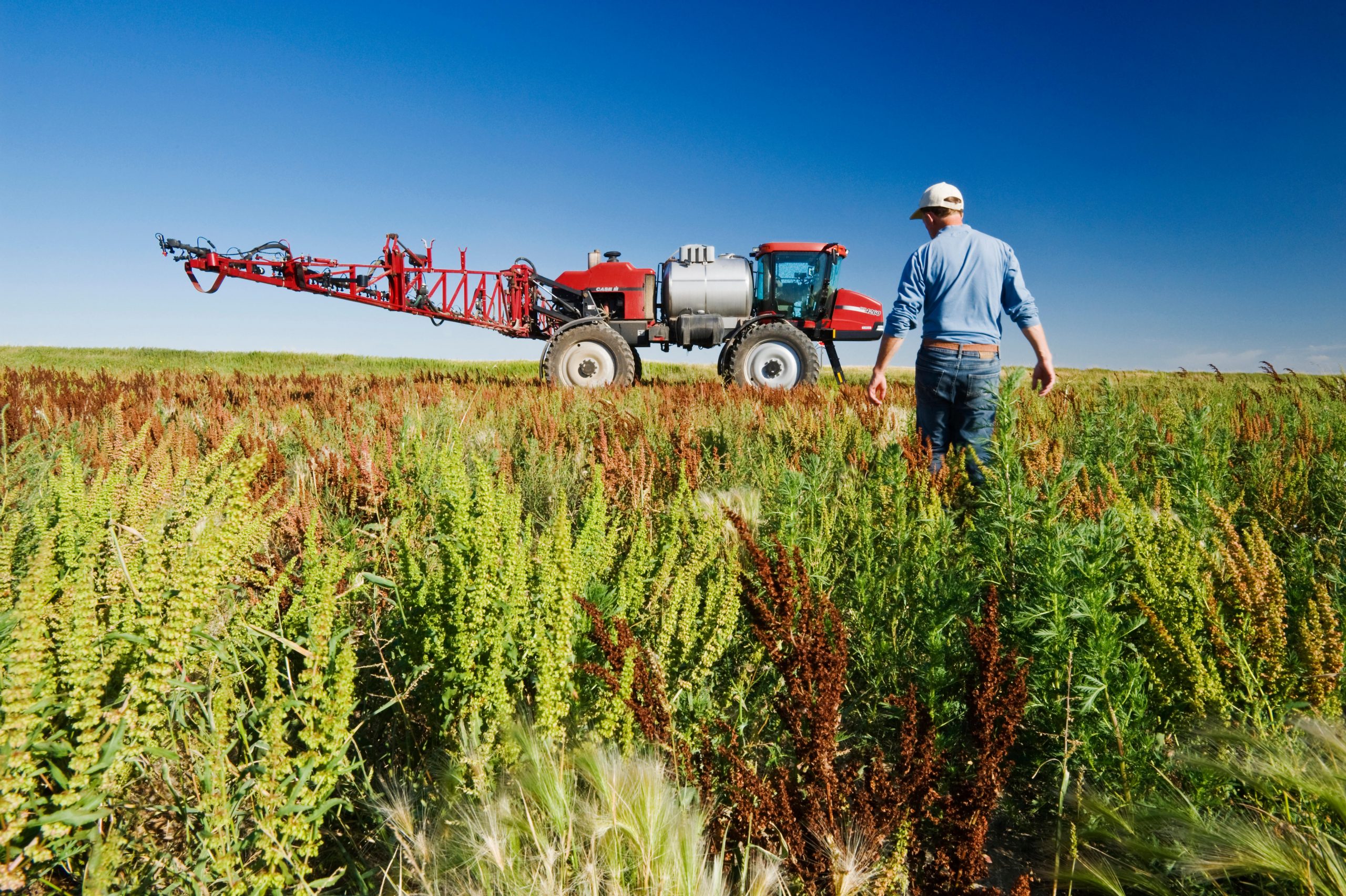
Weeds were not just an agricultural phenomenon. Their presence became increasingly unwelcome as the fashion for growing plants for pleasure took root, a pastime upon which Britons now spend over £7.5 billion a year. Gardeners would spend as much time waging war against them as tending the plants they wanted.
The urban sprawl created a new battleline. By the Louvre in Paris’ First Arrondissement, the rue des Orties-du-Louvre and the rue des Orties-Saint-Honoré bear testament to the fact that they were built on land where patches of nettles once stood. Weeding paved and open spaces by hand became a common sight in towns, as George Boughton’s painting from 1882, Weeding the Pavement, shows.
"There is a growing recognition that weeds are not just pests but play their part in stabilising the soil, drawing up nutrients from deep in the ground, attracting pollinators and insects and, when they die, decomposing into humus"
Once the weeds were uprooted, they acquired an economic value. Henry Mayhew’s survey, London Labour and the London Poor (1851), tells of street vendors who sold nettles, chickweed, plantain, dandelions, and groundsel, gathered from the gardens of the rich or from parks or fields, as fodder for caged birds.
Although it is infra-dig to think of using chemical preparations as a quick fix to the weed problem nowadays, they have been around for almost two centuries. The Journal of usual and practical knowledge, a French monthly magazine, provided its readers in 1831 with a recipe for a mixture designed ‘to kill grass that grows in garden alleys and between cobblestones in courtyards’.
All that was needed to ‘purge the soil of rebel herbs for several years’ was to mix twelve pounds of lime and a couple of pounds of sulphur to 60 litres of boiling water. The recipe crossed the Channel and was promoted as a way of removing ‘very injurious as well as unsightly’ plant growth from between pavement stones.
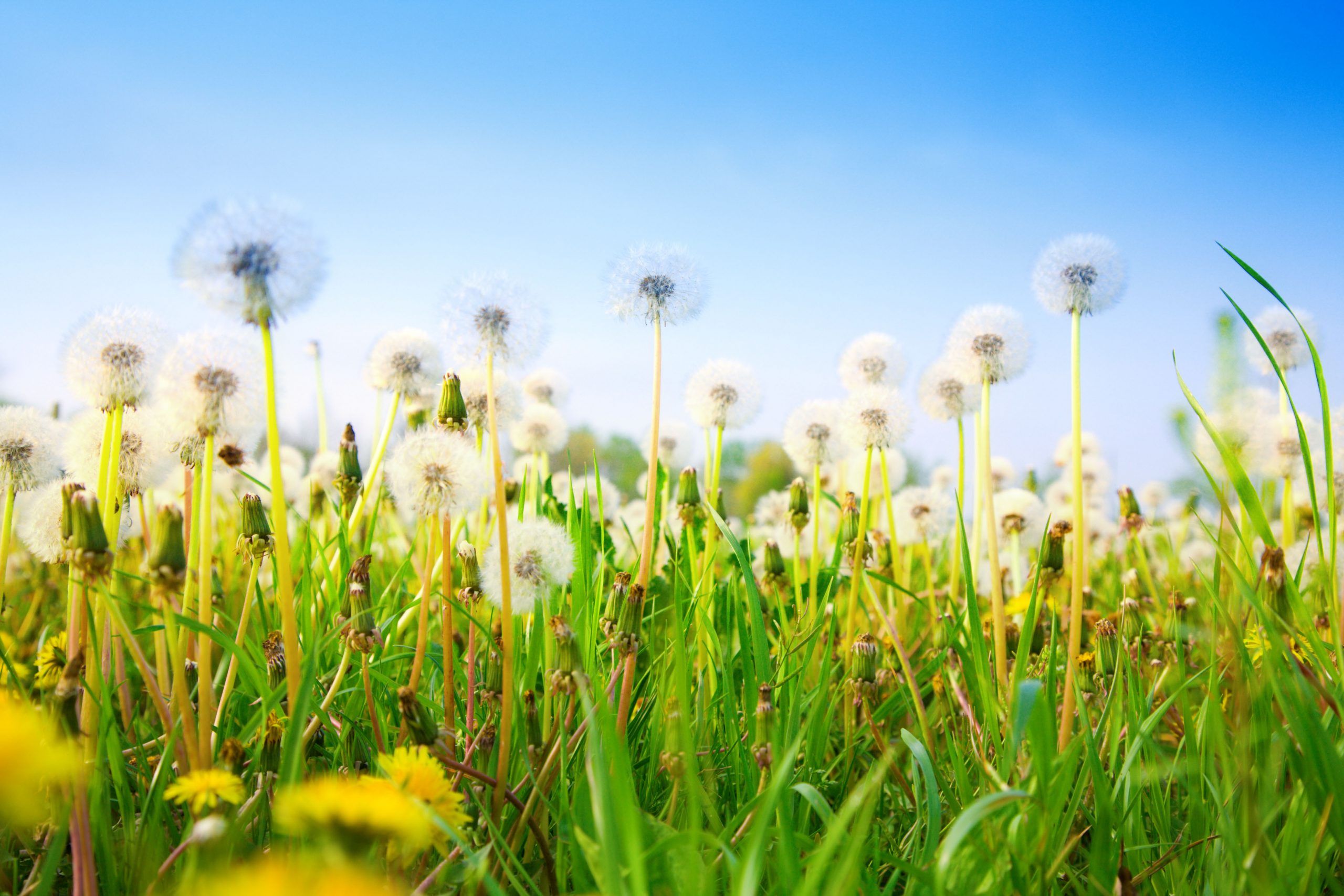
Readers of detective fiction will know that by the turn of the 20th century many garden sheds held a stock of arsenic-based compounds, such as Eureka weed killer, to be used to eradicate weeds and the occasional relative. The world’s most widely used herbicide, 2, 4-D, was first made available commercially in 1946, although it had been developed by W G Templeman of Imperial Chemical Industries at the start of the Second World War. Glyphosate was introduced in 1974 and soon established itself as a widely used, cheap, and popular non-selective form of weed killer.
Environmental and sustainability concerns have led to significant resistance to the indiscriminate use of chemically based weedkillers. There is a growing recognition that weeds are not just pests but play their part in stabilising the soil, drawing up nutrients from deep in the ground, attracting pollinators and insects and, when they die, decomposing into humus, adding to the richness of the soil.
In a further step towards their rehabilitation, Sandra Nock’s garden full of weeds, Weed Thriller, has just been awarded a Gold Medal at this year’s RHS Tatton Flower Show. However, if they are in the right place and valued, are they really weeds? It is a puzzle.
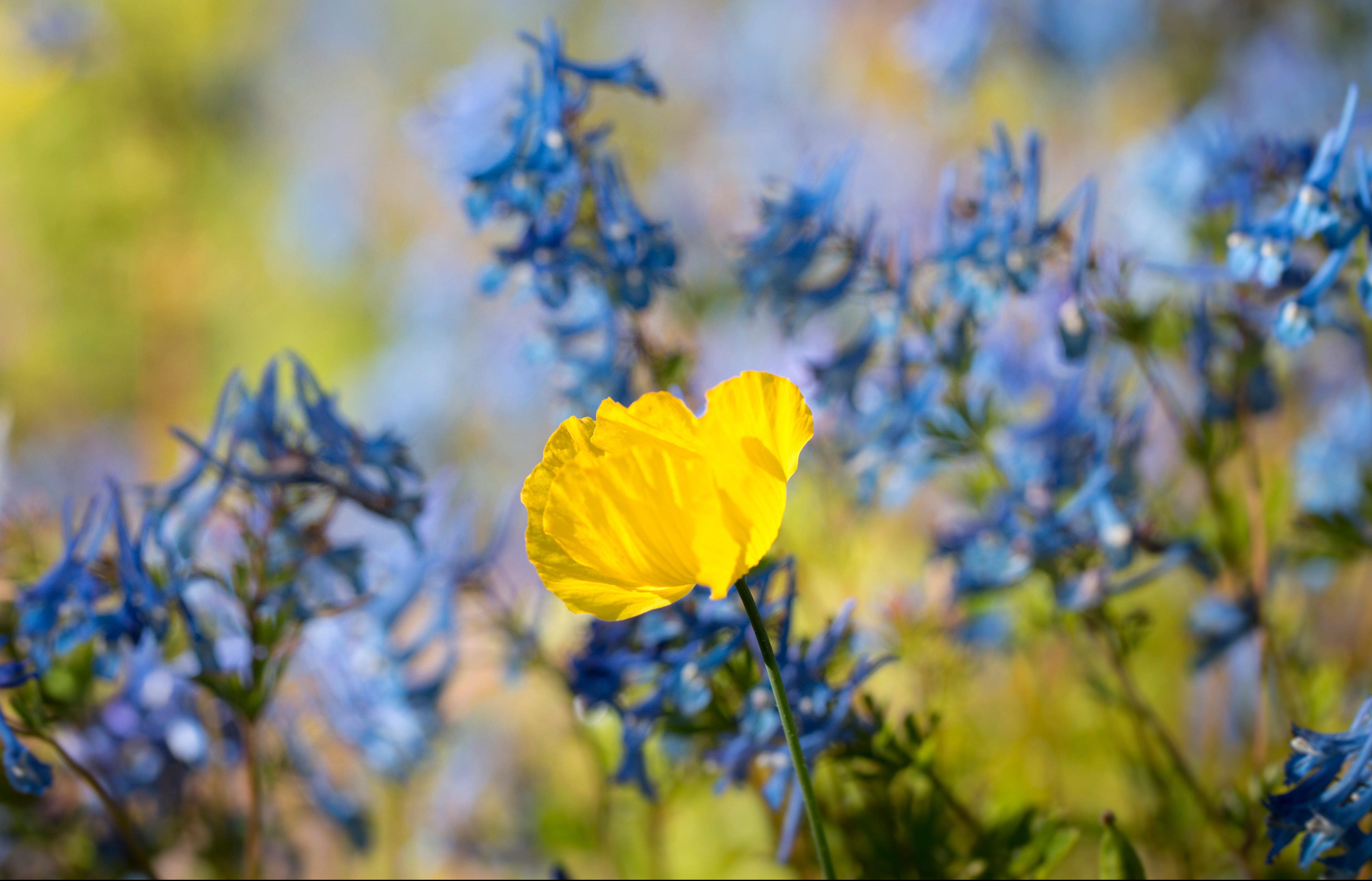
Alan Titchmarsh: The weeds I welcome with open arms
Our columnist Alan Titchmarsh used to spend hours ridding his garden of anything he hadn't planted himself. These days he
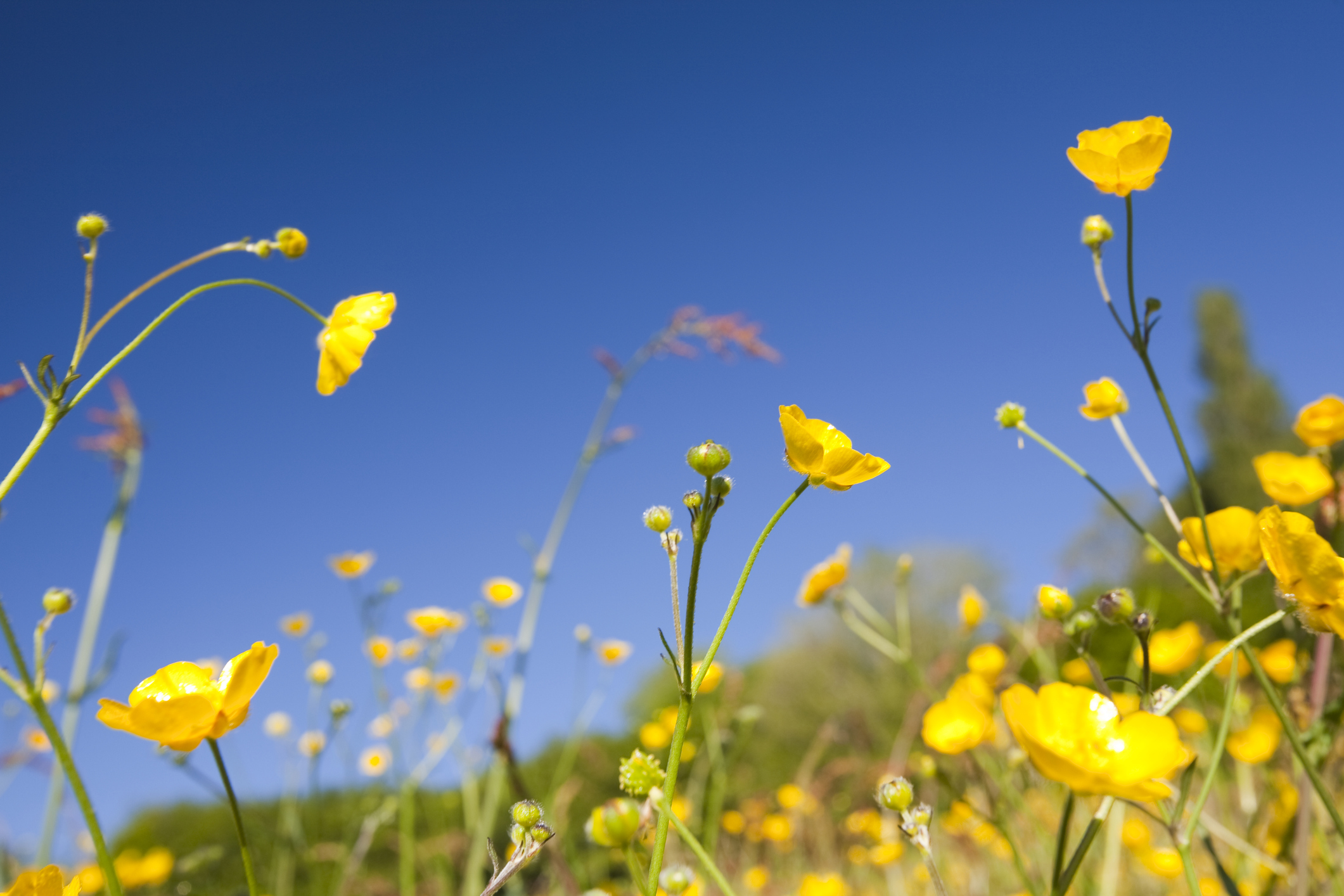
Rage against the buttercups: How to wage war on the weeds in your garden
Charles Quest-Ritson loves plants — but in his garden, he only wants the ones he chooses.

Credit: Val Corbett/Country Life
Alan Titchmarsh: 'I suppose I should be going stir-crazy in self-isolation. The reality has been rather different'
Gardener, writer and broadcaster Alan Titchmarsh has been going to the Chelsea Flower Show for half a century, and should

The worst garden pests of all? The ones you invite in with open arms
A couple of weeks ago, Alan Titchmarsh wrote a lovely piece for Country Life about how to get children and
After graduating in Classics from Trinity College Cambridge and a 38 year career in the financial services sector in the City of London, Martin Fone started blogging and writing on a freelance basis as he slipped into retirement. He has developed a fearless passion for investigating the quirks and oddities of life and discovering the answers to questions most of us never even think to ask. A voracious reader, a keen but distinctly amateur gardener, and a gin enthusiast, Martin lives with his wife in Surrey. He has written five books, the latest of which is More Curious Questions.
